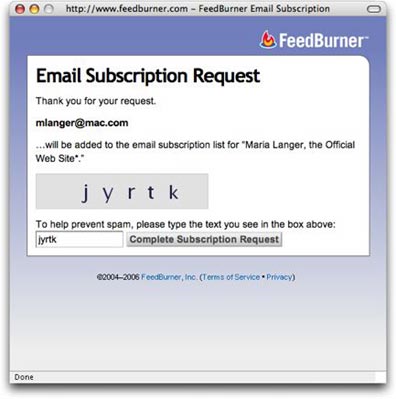An aberration?
I don’t want new readers to this site to think that I’m consumed by stats. I’m not. I just find stats very interesting, whether they’re baseball stats, voting stats, Web site stats — or just about any kind of stats you can think of.
That said, I noted another interesting thing related to stats on this Web site. I recently installed a WordPress plugin called Readers Post by Stefan Groenveld. The plugin has several features that track when and how many times a post has been read and I’ve been implementing them one by one. The other day, I “turned on” the reader count feature, which displays the number of times a post has been read (since the plugin was activated). I use this in the sidebar to list the most popular articles and in The Loop to display a reader count at the end of each article.
The result, of course, is more stats.
What’s fascinating to me is how many times the top post has been read. Vancouver Waterfront (1643 readers) has almost twice as many readers as the second most popular post, On Blogging (874 readers). (Remember, the count started on November 15, 2006.) This baffles me because the Vancouver post is a short “About the Photos” article that displays a nice (if I do say so myself) photo of the Vancouver waterfront and tells a brief story about my 5-day stay in that very nice Canadian city. There’s really nothing terribly interesting in the post, only one photo, and not very much info for readers to take away with them.
So why is the post so darn popular?
At first I thought it might be Google. For some reason, my posts seem to rank very highly on Google. So I did a search for “Vancouver Waterfront” to see where the article placed. It placed at the top of the second page. Not very good placement, but perhaps enough to get some hits from Google.
I then attempted to go through my server log, which is not an easy task. I don’t use any log analysis software on my server, so I have to look at the logs prepared by GoDaddy.com, which cover all of my sites together. There were a lot of lines. I gave up.
I then looked at the logs prepared by W3Counter for my site as part of the counting service. I went to the Search report to see if lots of people had searched for Vancouver or Waterfront. The answer was no.
At this point, I’ve run out of research options. I’ll probably never know why the post is so popular. But it will be interesting to see how long it takes for other posts to surpass it in reader views. It can’t possibly stay at the top of the list forever.
And this brings up another question. Is it good to have so many stats? After all, I just wasted about 45 minutes researching this particular issue and writing about it. When does information become too much information?
 W3Counter, among other things, creates customizable charts for site activity. What you see here are the charts for my two busiest sites:
W3Counter, among other things, creates customizable charts for site activity. What you see here are the charts for my two busiest sites:  The service, which is full automated, works with the E-Mail Notification form that appears on the site’s Home page. A person who wants to subscribe enters his e-mail address and clicks Subscribe. A window opens with a form that prompts him to enter characters in a box. When he clicks Complete Subscription Request, Feedburner generates a confirmation e-mail message and sends it to his e-mail address. That prevents people from subscribing others to this service when they might not want it. He must click the link in that message when he receives it (normally within about a minute) to start the subscription. If he doesn’t click the link, the subscription does not start.
The service, which is full automated, works with the E-Mail Notification form that appears on the site’s Home page. A person who wants to subscribe enters his e-mail address and clicks Subscribe. A window opens with a form that prompts him to enter characters in a box. When he clicks Complete Subscription Request, Feedburner generates a confirmation e-mail message and sends it to his e-mail address. That prevents people from subscribing others to this service when they might not want it. He must click the link in that message when he receives it (normally within about a minute) to start the subscription. If he doesn’t click the link, the subscription does not start.